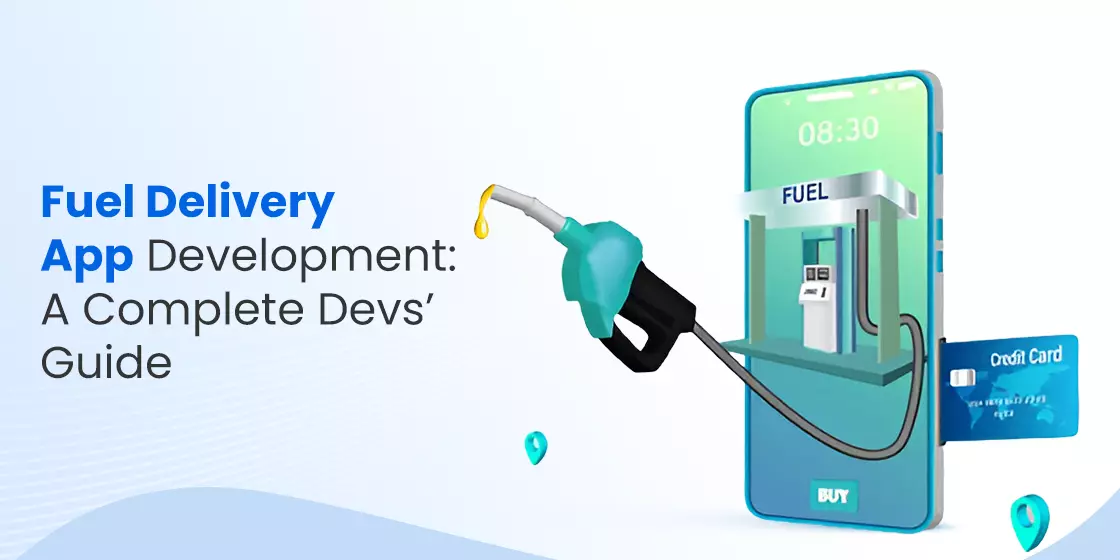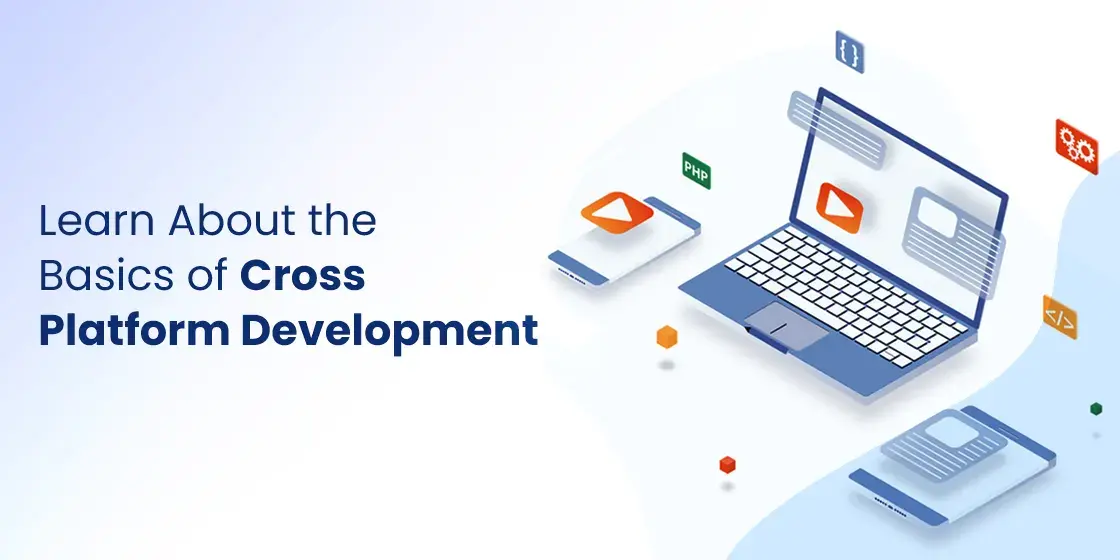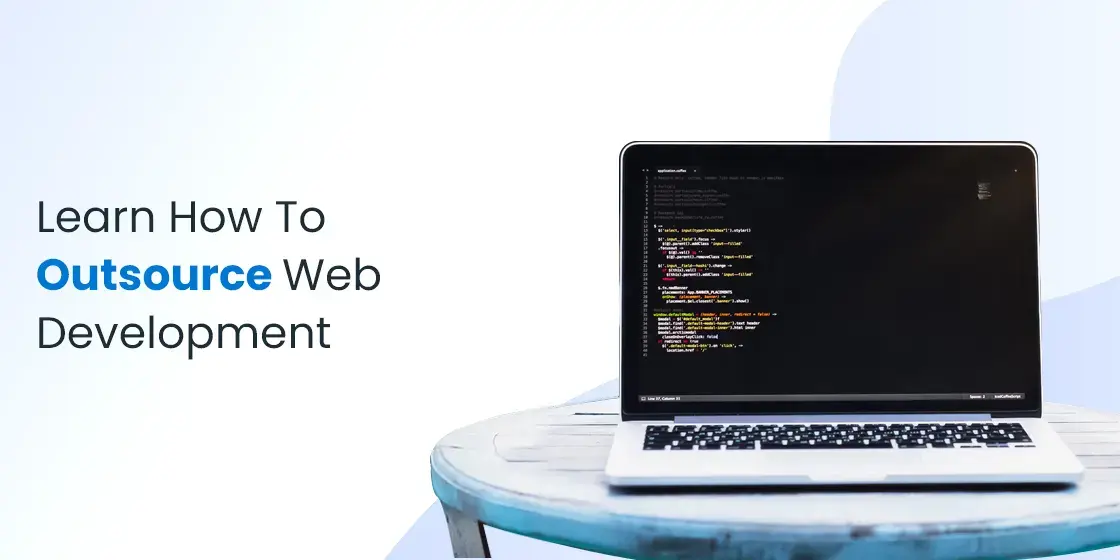Table of Content
The digital transformation has revolutionized countless industries, and the fuel sector is no exception. Gone are the days when motorists had to drive to gas stations, wait in long queues, and interrupt their busy schedules just to refuel. Today’s consumers expect convenience at their fingertips, and fuel delivery app development has emerged as a game-changing solution that brings gasoline directly to their doorstep.
With the global on-demand fuel delivery market valued at $3.5 billion in 2023 and experts predicting it will reach $12.7 billion by 2032 at a compound annual growth rate (CAGR) of 15.4%, businesses are recognizing the immense potential of this emerging sector. The shift toward on-demand services has created unprecedented opportunities for entrepreneurs and established companies alike to tap into this lucrative market.
Whether you’re a startup looking to disrupt the traditional fuel industry or an established business seeking to modernize your operations, understanding the intricacies of fuel delivery app development is crucial for success. This comprehensive guide will walk you through everything you need to know about creating a robust, scalable, and profitable fuel delivery platform, like a professional mobile app development company.
Let’s begin.
Understanding the Fuel Delivery App Market Landscape: A Brief Overview
The fuel delivery industry represents one of the most promising segments in the on-demand economy. According to the latest stats, it is expected that by 2025, the on-demand market is going to hit $533.5 billion, with fuel delivery services claiming an increasingly significant share of this massive pie.
Market research reveals compelling statistics about consumer behavior and industry growth. According to Future Market Insights, the fuel delivery market’s revenue with a steady CAGR of 6.8% is expected to reach $9.3 billion by 2032. This growth is driven by several factors including urbanization, busy lifestyles, and the increasing adoption of mobile technology.
The success of this market isn’t just theoretical. Real-world applications have demonstrated the viability of fuel delivery services across different demographics and geographic regions. Urban professionals, fleet managers, and even residential customers are embracing these services for their convenience and time-saving benefits. The COVID-19 pandemic further accelerated adoption as contactless services became not just preferred but necessary for many consumers.
Turn your concepts into mobile apps brimming with advanced features. From inception to deployment, make a distinct impact in the market.
Contact Now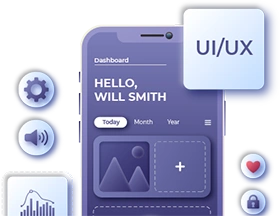
Essential Features for Successful Fuel Delivery Applications
Creating a competitive fuel delivery app requires careful consideration of user experience and functionality. The most successful platforms incorporate features that address real user pain points while ensuring safety and reliability.
User registration and profile management form the foundation of any fuel delivery platform. The signup page is like the first page of a book. It creates the first impression and helps users decide if they want to keep going. A streamlined onboarding process should allow users to register using phone numbers, email addresses, or social media accounts while collecting essential information like vehicle details and preferred delivery locations.
Real-time tracking capabilities represent one of the most critical features customers expect. GPS integration allows users to monitor their delivery driver’s location, receive accurate arrival estimates, and feel confident about their order status. This transparency builds trust and reduces customer anxiety about service reliability.
Technical Architecture and Development Framework
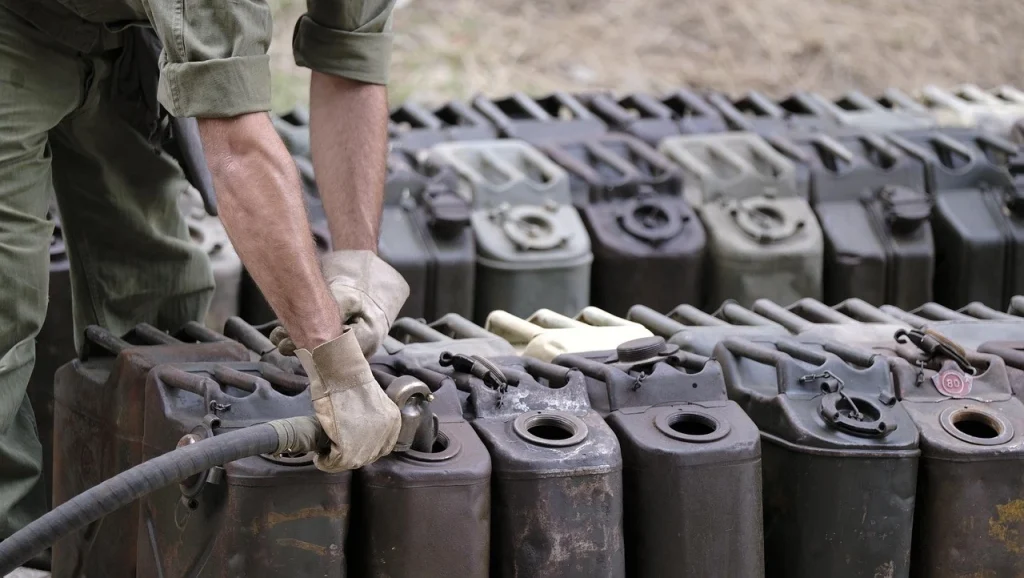
Building a robust fuel delivery application requires a sophisticated technology stack that can handle complex logistics, real-time communications, and secure transactions. To develop a fuel delivery app, make it scalable, and protect user data, you will need a diverse technology stack and likely combine tools.
Frontend development typically leverages modern frameworks like React Native or Flutter for cross-platform compatibility. React Native is a JavaScript framework that ensures code reusability, speeding up development and providing a consistent user experience across iOS and Android platforms. These frameworks reduce development time and app design costs while maintaining high performance across different devices.
Backend infrastructure must support high-volume transactions, real-time data processing, and integration with various third-party services. Cloud-based solutions provide the scalability needed to handle fluctuating demand while ensuring reliable uptime. Database management systems need to efficiently store user profiles, order histories, payment information, and real-time location data while maintaining security and compliance standards.
Development Process and Project Timeline
The fuel delivery app development process follows a structured approach that ensures quality outcomes and successful market entry. When it comes to fuel delivery app development, it starts with ideation which involves identifying an existing problem and figuring out the means to solve it.
Market research and competitive analysis form the initial phase of development. Understanding your target audience, analyzing competitor strategies, and identifying market gaps help define your unique value proposition. This research phase typically takes 2-4 weeks and provides the foundation for all subsequent development decisions.
Design and prototyping follow market research, focusing on creating intuitive user interfaces that enhance customer experience. The design phase involves creating wireframes, user journey maps, and visual mockups that align with user expectations and business objectives. Professional UI/UX design ensures your app stands out in a competitive marketplace while providing seamless navigation and functionality.
Cost Analysis and Budget Planning
Understanding the financial investment required for fuel delivery app development helps businesses make informed decisions and plan their budgets effectively. If you’re planning to develop a mobile app for on-demand fuel delivery then the cost typically ranges from $40,000 to $200,000.
Several factors influence development costs significantly. App complexity represents the primary cost driver, with basic applications featuring essential functionality costing less than comprehensive platforms with advanced features. Simply put, the more complex the technology integrated into the app, the more the cost associated with it.
Platform selection also impacts budget considerations. Developing for a single platform (iOS or Android) costs less than creating cross-platform applications, though the latter provides broader market reach. Design complexity, integration requirements, and ongoing maintenance needs all contribute to the overall investment required for successful fuel delivery app development.
Safety Regulations and Compliance Requirements
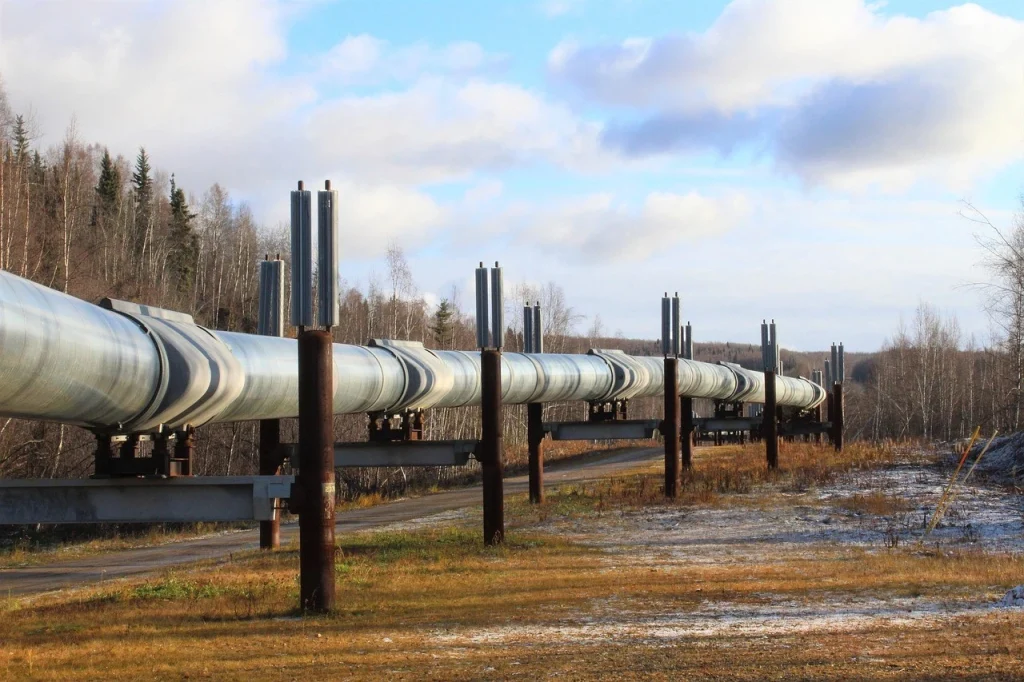
The fuel delivery industry operates under strict regulatory frameworks that prioritize public safety and environmental protection. It can be said that the only and one major challenge comes in the form of safety. For the concept of an on-demand fuel delivery application development, safety must be ensured at all costs.
Regulatory compliance varies by jurisdiction but typically involves obtaining permits from multiple government agencies. In the United States, businesses must comply with Environmental Protection Agency regulations, Department of Transportation guidelines, and local fire department requirements. Various authorities like Petroleum and Explosives Safety Organisation (PESO) have provided guidelines for everyone running a fuel delivery business.
Safety protocols must be integrated into every aspect of the application and service delivery. This includes proper storage and transportation of fuel, emergency response procedures, insurance coverage, and driver training programs. Apps should incorporate safety features like emergency contact buttons, real-time monitoring of delivery vehicles, and automated alerts for unusual situations.
User Experience Design and Interface Optimization
Creating an exceptional user experience requires understanding customer behaviors, preferences, and pain points throughout their fuel delivery journey. Mobile-first design principles ensure your application performs optimally on smartphones and tablets where most users will access your service.
Intuitive navigation helps users quickly accomplish their goals without confusion or frustration. Clear visual hierarchies, consistent design elements, and logical information architecture contribute to positive user experiences that encourage repeat usage and referrals.
Accessibility considerations ensure your application serves users with diverse needs and abilities. This includes support for screen readers, appropriate color contrast ratios, and alternative input methods that make your service inclusive and compliant with accessibility standards.
Payment Integration and Security Measures
Secure payment processing represents a critical component of fuel delivery applications, requiring integration with trusted payment gateways and compliance with financial industry standards. To serve a wide range of customers, we recommend integrating several payment options, such as credit cards, debit cards, or mobile wallets, like Apple Pay.
Payment security involves implementing encryption protocols, tokenization systems, and fraud detection mechanisms that protect customer financial information. PCI DSS compliance ensures your application meets industry standards for handling credit card data safely and securely.
Multiple payment options accommodate different user preferences and increase conversion rates. Supporting credit cards, debit cards, digital wallets, and even corporate accounts expands your potential customer base while providing flexibility that users appreciate.
Marketing Strategies and Customer Acquisition
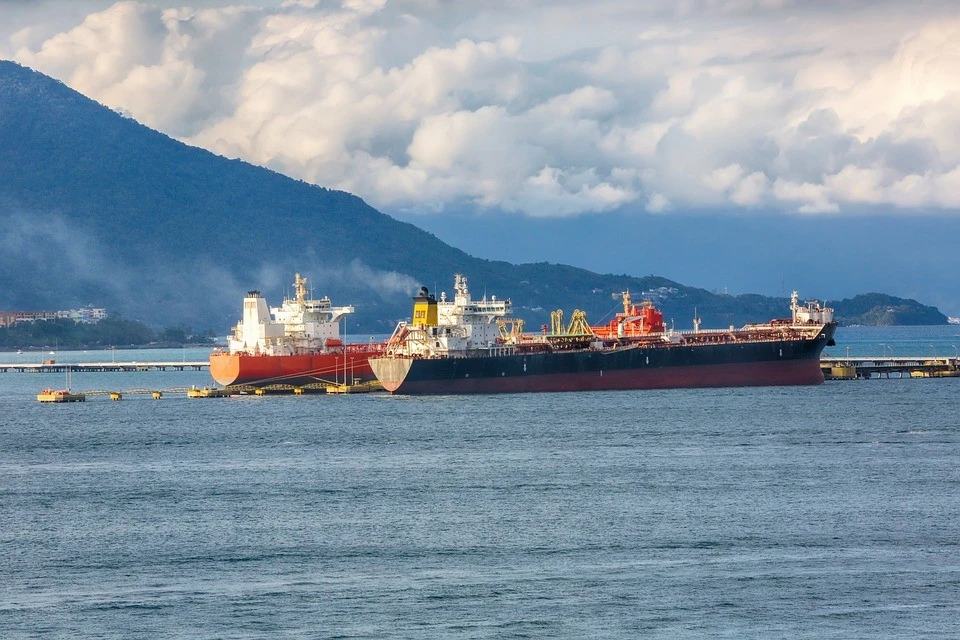
Successful fuel delivery app development extends beyond technical implementation to include comprehensive marketing strategies that drive user adoption and business growth. Understanding your target audience enables you to craft messaging that resonates with potential customers and differentiates your service from competitors.
Digital marketing channels provide cost-effective ways to reach your target audience where they spend time online. Social media marketing, search engine optimization, and pay-per-click advertising can generate awareness and drive app downloads when executed strategically.
Partnership opportunities with fleet management companies, corporate accounts, micro-SaaS providers, and local businesses can provide steady revenue streams while reducing customer acquisition costs. B2B partnerships often yield higher-value customers with predictable usage patterns that stabilize business operations.
Future Trends and Innovation Opportunities in Fuel Delivery App Development
The fuel delivery industry continues evolving with technological advances and changing consumer expectations creating new opportunities for innovation. Emerging trends in the fuel delivery industry include expanding services to new markets in Asia and Africa and integrating advanced technologies like real-time tracking and multiple payment options.
Artificial intelligence and machine learning are modern mobile app ideas that enable predictive analytics that optimize delivery routes, forecast demand patterns, and personalize user experiences. These technologies can reduce operational costs while improving service quality and customer satisfaction.
Electric vehicle charging services represent an emerging opportunity as EV adoption accelerates. Companies that adapt their platforms to support both traditional fuel delivery and electric charging services position themselves for long-term success in the evolving transportation landscape.
Frequently Asked Questions
| How much does it cost to develop a fuel delivery app? The cost of fuel delivery app development typically ranges from $40,000 to $200,000, depending on features, complexity, platform choice, and design requirements. Basic apps with essential functionality cost less, while comprehensive platforms with advanced features require higher investment. Factors like real-time tracking, multiple payment gateways, and custom UI/UX design influence the overall development budget. |
| What are the essential features required for a fuel delivery app? Essential features include user registration and profile management, real-time GPS tracking, secure payment processing, order scheduling, push notifications, fuel type and quantity selection, customer support integration, and delivery status updates. Advanced features might include loyalty programs, corporate account management, and integration with vehicle maintenance services. |
| How long does it take to develop a fuel delivery app? Development timeline typically ranges from 3 to 9 months, depending on app complexity and feature requirements. Simple applications with basic functionality can be completed in 3-4 months, while comprehensive platforms with advanced features may require 6-9 months. The timeline includes market research, design, development, testing, and deployment phases. |
| What safety regulations apply to fuel delivery services? Fuel delivery services must comply with various safety regulations including Environmental Protection Agency guidelines, Department of Transportation requirements, and local fire department permits. Companies need proper licensing, insurance coverage, trained drivers, appropriate storage and transportation equipment, and emergency response protocols to ensure safe operations. |
| Which technology stack is best for fuel delivery app development? The optimal technology stack includes React Native or Flutter for cross-platform mobile development, Node.js or Python for backend services, cloud hosting platforms like AWS or Google Cloud, GPS integration APIs, secure payment gateways, and real-time communication technologies. The specific choice depends on scalability requirements, budget constraints, and team expertise. |
Conclusion
Fuel delivery app development represents a compelling business opportunity in the rapidly expanding on-demand economy. Success requires careful planning, robust technical implementation, and deep understanding of customer needs and regulatory requirements.
The market potential is substantial, with industry projections indicating continued growth driven by consumer demand for convenience and time-saving services. Companies that invest in quality development, prioritize user experience, and maintain high safety standards will be well-positioned to capture market share in this dynamic industry.
Ready to transform your fuel delivery business idea into reality? Partner with experienced developers who understand the unique challenges and opportunities in this sector. Contact our team today to discuss your project requirements and discover how we can help you build a successful fuel delivery platform that drives growth and customer satisfaction.
Empower your digital initiatives with BariTechSol, a premier custom software development company. Our skilled team tailors cutting-edge solutions to your unique needs. Elevate your tech experience and stay ahead in the digital realm. Partner with BaritechSol and code the success of your next big idea.
